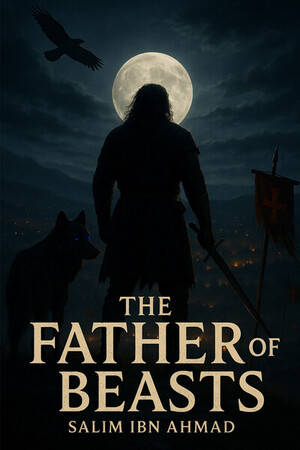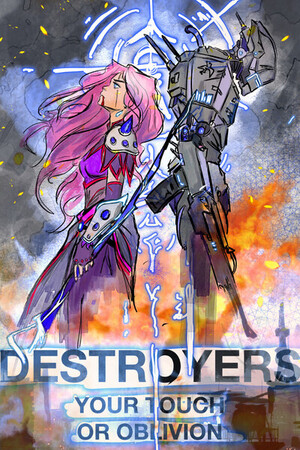Chapter 2:
Preface & Epigraphs
The Father of Beasts
In 1095, Pope Urban II called the warriors of Christendom to march east. Tens of thousands answered. They crossed mountains and rivers with one vow on their lips — to free Jerusalem.
By 1098, Antioch had fallen after a bitter siege. The Franks were starving, fever-ridden, half-mad with zeal — yet still they pressed south. Their next prey was not a fortress of kings but a small Syrian city: Ma’arrat al-Nu’man. Behind its walls waited no army, only farmers, hunters, and children.
But the Franks were not alone in their cruelty. The Muslim world was divided, its rulers no less guilty. Seljuks and Fatimids fought each other while their people starved. Bayt al-Maqdis (Jerusalem) changed hands like a coin tossed on a table. To kings and amirs (leaders) alike, cities were wagers, and the currency was the blood of the poor.
This was the real war: not only armies in the field, but betrayals in the halls of power. While peasants sowed and children begged, those in authority bargained away their homes. While prayers rose from mosques and churches, rulers weighed lives against crowns. Every banner, every oath, was stained with contempt for those they claimed to protect.
So when the Franks turned south, Jerusalem was already broken — by hunger, by siege, and by the selfishness of its own lords.
What happened at Ma’arra would echo across centuries — not in glory, not in victory, but in hunger, cruelty, and the shadow of fear that men carried into the Holy Land.
And from the ashes of Ma’arra, one figure would rise.
Epigraphs “If you had been there, your feet would have been stained to the ankles with the blood of the slain. It was a just and splendid judgement of God that this place should be filled with the blood of unbelievers.”— Raymond of Aguilers, chaplain of the First Crusade (1099) “The Franks came out to your land, and like a raging torrent they poured across the land, destroying, pillaging, slaughtering, and enslaving.”
— Abū’l-Muẓaffar al-Abiwardi, elegy after the fall of Jerusalem (c. 1100–1101)




Please sign in to leave a comment.